While it may be difficult to pin down a distinctly Canadian style in architecture, many innovative designers and architects have pushed the collective aesthetic forward throughout this country’s history. Following are 11 of Canada’s most influential and prominent figures in the field.
Ludger and Paul M. Lemieux
Ludger Lemieux was an architectural force in Quebec in the early 20th century. He studied at McGill University in Montreal, graduating in 1897 and joining the provincial association of architects the same year. Working for much of his career with Joseph Honoré Mcduff, Lemieux became a household name after designing a number of churches, the Workman building, and the Manufacture Lang Biscuit.
Lemieux is probably most well-known for the Atwater Market in Montreal, which he designed with his son, Paul Marie, in 1933. Still in use today, the building serves as a farm-fresh market and is renowned for its art deco-inspired style. After Ludger’s passing, Paul, who earned his architectural degree at École Nationale des Beaux-Arts, continued his work and membership in many professional associations until 1966.
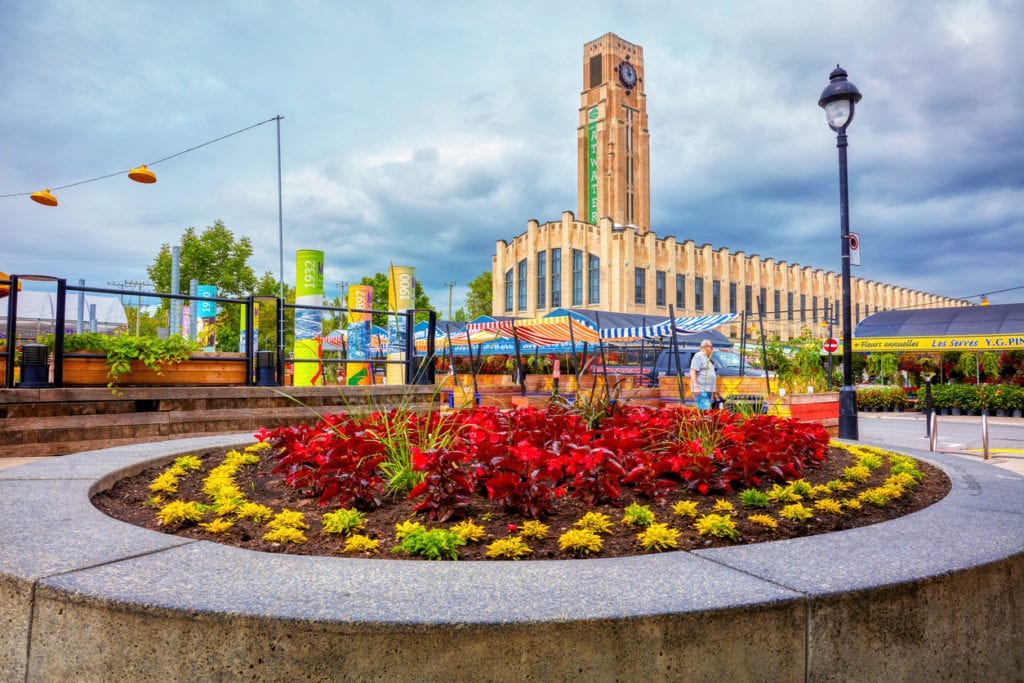
Rod Robbie
The mind behind some of Canada’s most iconic buildings, Rod Robbie, was a British-born Canadian architect. He studied architecture and city planning at Regent Street Polytechnic School in London, UK.
After his arrival in Canada in 1956, Robbie joined in partnership with Belcourt and Blair in Ottawa, where his Boy Scouts Association Headquarters stood out as the first institutional building constructed from precast concrete elements only. In 1961, he became a founding partner in Ashworth, Robbie, Vaughan and Williams, and went on to design the SkyDome (Rogers Centre) and was vital in designing the Canadian pavilion at Expo ‘67 in Montreal. He also partnered with British architect Will Alsop on the Sharp Centre for Design in Toronto.
Robbie had a significant impact on how schools in Canada are built due to his role at the Metropolitan Toronto School Board’s Study of Educational Facilities and remained a long-time member of the International Council of Educational Facilities Planners. Robbie was recognized as a Fellow of Ryerson University and was awarded an honorary Doctorate from Dalhousie University for his contribution to architecture.

Moshe Safdie
Born in Israel in 1938, Moshe Safdie moved to Canada as a teen and earned his degree in architecture from McGill University in 1961. After an apprenticeship in the US, Safdie returned to Canada and took charge of Expo ‘67’s master plan. Habitat ‘67, a model community and housing complex in Montreal, was one of the central exhibitions at Expo.
Safdie has designed buildings in many countries since then. After returning to Israel and becoming involved in rebuilding Jerusalem, he worked in Senegal, Iran, and Singapore. Though he later opened his principal office in Boston, he significantly impacted Canadian architecture by designing major public institutions. His designs include Quebec’s Musée de la civilisation, the National Gallery of Canada in Ottawa, and Montreal’s Musée des beaux-arts.
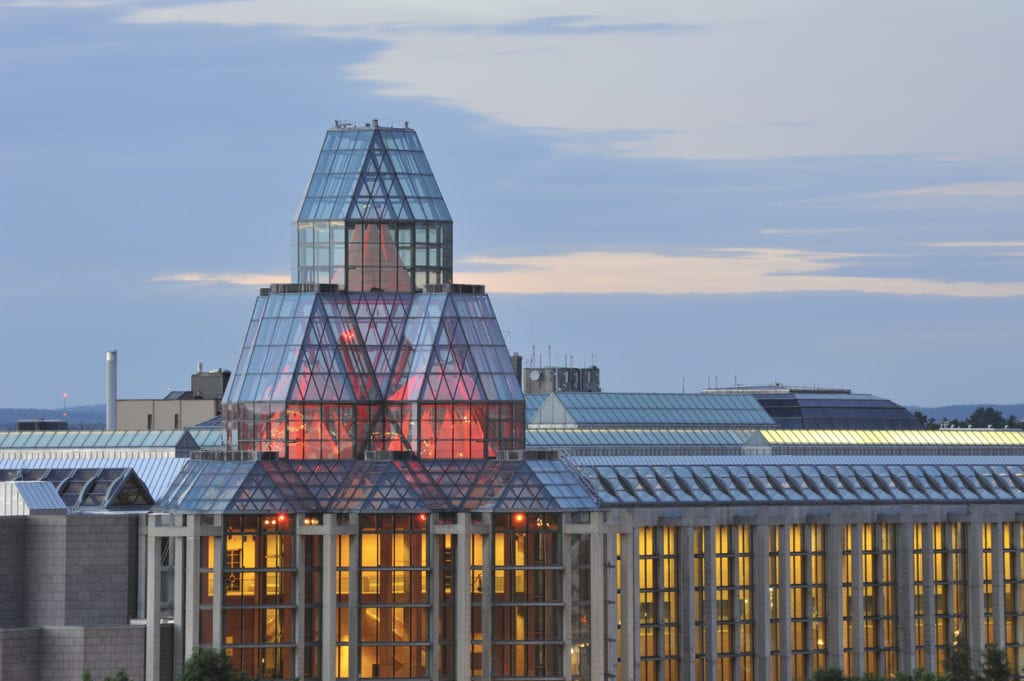
Arthur Erickson
Arthur Erickson is one of the best-known architects in Canada. He won awards and accolades for his work on Simon Fraser University in British Columbia, his work on the Canadian pavilion at Osaka World’s Fair, the Museum of Anthropology at UBC, and Robson Square in Vancouver. He’s even been called Canada’s greatest architect of all time.
One of Erickson’s most famous works was his home in Point Grey, Vancouver, where he lived and worked for over four decades. Since his death in 2009, the future of the house has been uncertain as builders eye the property for redevelopment. However, the Vancouver Heritage Society has endorsed the preservation and restoration of Erickson’s home due to its historical significance.
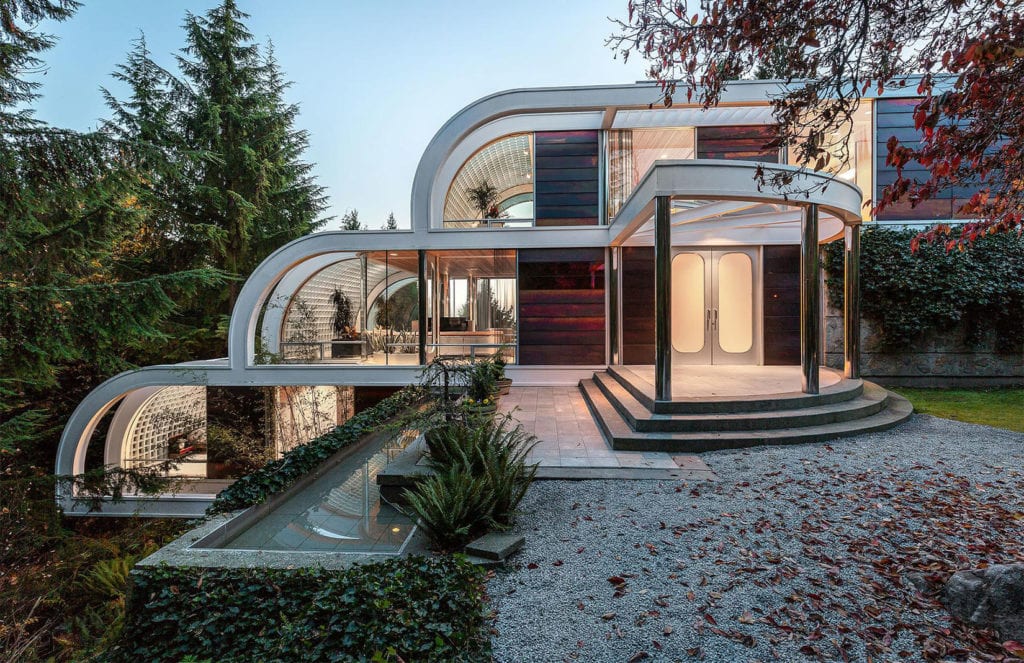
David Roberts Sr. and Jr.
David Roberts Sr. had expertise in steam technology and engines that he honed in his native Ireland and England before immigrating to Canada in 1845. In Toronto, he used those skills to create some of the most ambitious industrial projects of the time, including the Great Stone Distillery and the Cooperage building, teaming up with local millers and distillers of the time.
David Roberts Jr. grew up in the Distillery District in Toronto and was influenced by his father’s work. He studied at Bryant and Stratton’s Mercantile College and then joined Gundry & Langley architect office in Toronto before eventually breaking out on his own. After the great fire, Roberts Jr. was put in charge of rebuilding the Stone Distillery. He then took on many other projects that make the historic district what it is today, including the Pure Spirits complex and the Flatiron Building. He also designed significant family homes in the area, for instance, the George Gooderham mansion and George Horace Gooderham’s home.
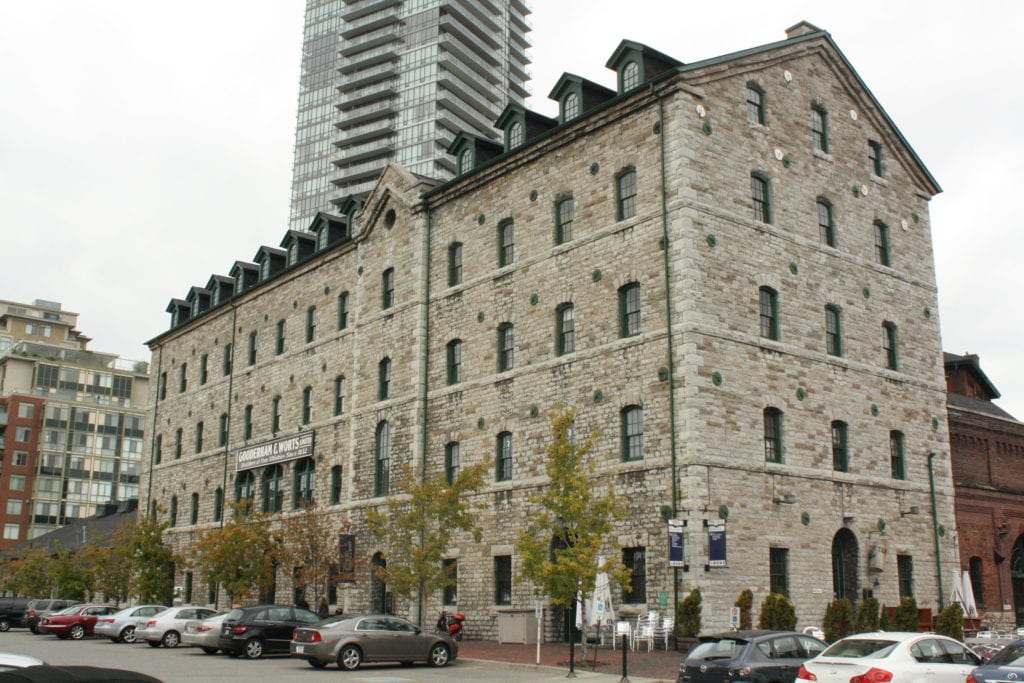
Étienne Gaboury
Responsible for the Royal Canadian Mint building in Winnipeg, Étienne Gaboury is a celebrated architect known for incorporating sunlight and location into a building’s design. Some of his best-known works include the Canadian Embassy in Mexico, the Esplanade Riel pedestrian bridge, the Saint Boniface Cathedral and the Église Précieux-Sang.
Gaboury graduated from the University of Manitoba with a bachelor of architecture, and studied at the École des Beaux-Arts in Paris for a year, and travelled Europe extensively before returning to Winnipeg. In 2010, he was granted the Governor General’s Order of Canada.

Leland Dadson
Toronto-based Leland Dadson is a mass-timber specialist and a Certified Passive House Designer. His career has been driven by his focus on occupant health and well-being and the use of sustainable, local materials. He’s recognized for the University of Toronto’s Academic Wood Tower, McMaster University’s Student Activity Building and Fitness Expansion, and the Orillia Recreation Centre.
Dadson graduated from the University of British Columbia with a Bachelor of Science, and a Bachelor of Environmental Studies and a Master of Architecture from the University of Waterloo. He currently works with Toronto’s MacLennan Jaunkalns Millar Architects.
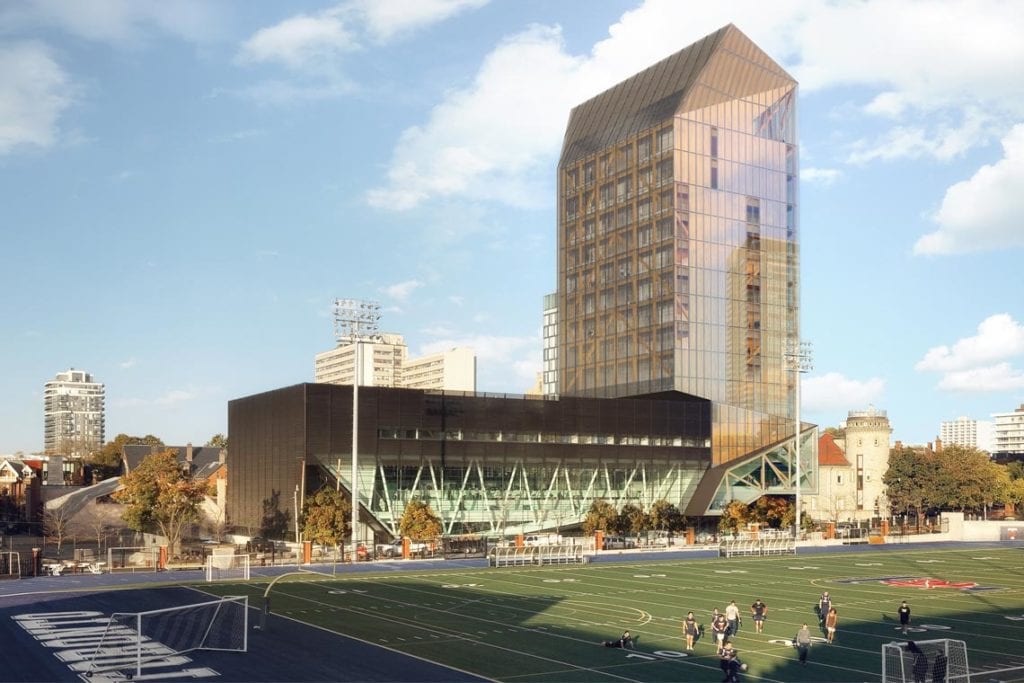
Brigitte Shim
A professor in architecture and design at the University of Toronto since 1988, Brigitte Shim has also held a number of visiting professorships at Yale, Harvard, the University of Calgary, and the University of Auckland in New Zealand. Her prestige, alongside that of her founding partner Howard Sutcliffe of Shim-Sutcliffe Architects, is borne of a distinguished career designing some of Canada’s most celebrated buildings, including the currently under-construction Ace Hotel and Integral House, both in Toronto.
Though originally from Jamaica, Shim graduated from the University of Waterloo’s Environmental Studies and Architecture programs. Shim and Sutcliffe have been awarded 14 Governor General’s medals and awards for architecture, among many other accolades.
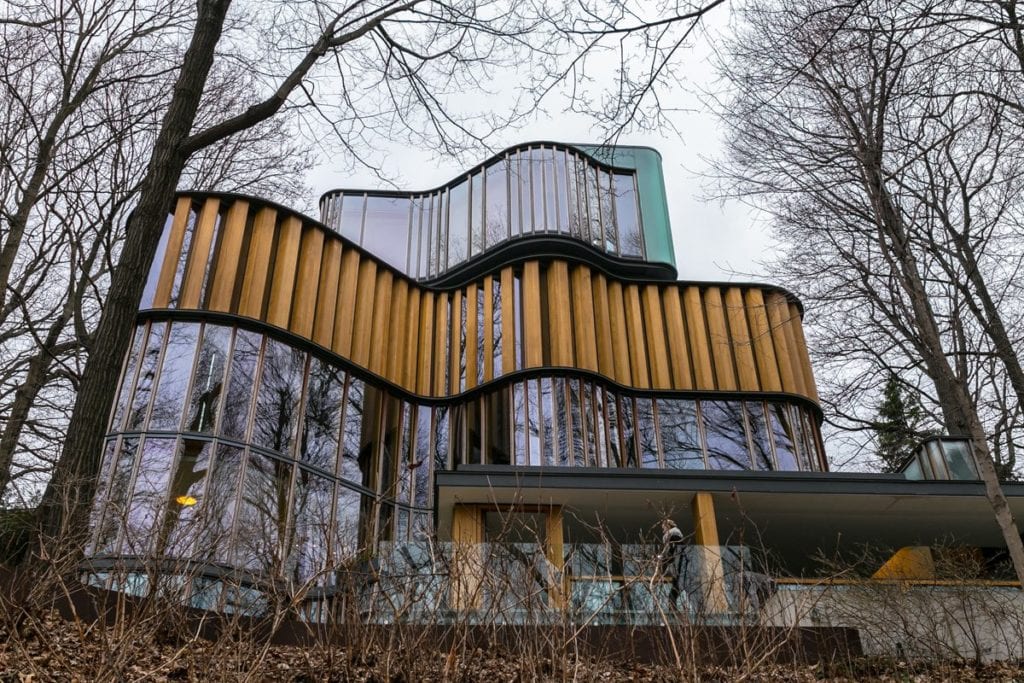
Johanna Hurme
Johanna Hurme has been on Winnipeg’s architecture scene for a relatively short period of time, but she’s already had a significant impact. Heading up 5468796 Architecture with two other founding members since 2007, Hurme has been at the forefront of multifamily projects like youCUBE, which won a Canadian Architect Award of Excellence and the Premier Architecture Award. Another famous Hurne design is Welcome Place, built to house and offer services to Manitoba’s new refugees.
Hurme originally hails from Finland and moved to Canada in 1996. She earned her Bachelor of Environmental Design and Master of Architecture degrees from the University of Manitoba and teaches and lectures across the country and abroad. She was recently appointed Visiting Professor-Morgenstern Chair at the College of Architecture at IIT in Chicago. Hurme was shortlisted for Architectural Review’s Moira Gemmill prize for emerging women in Architecture.
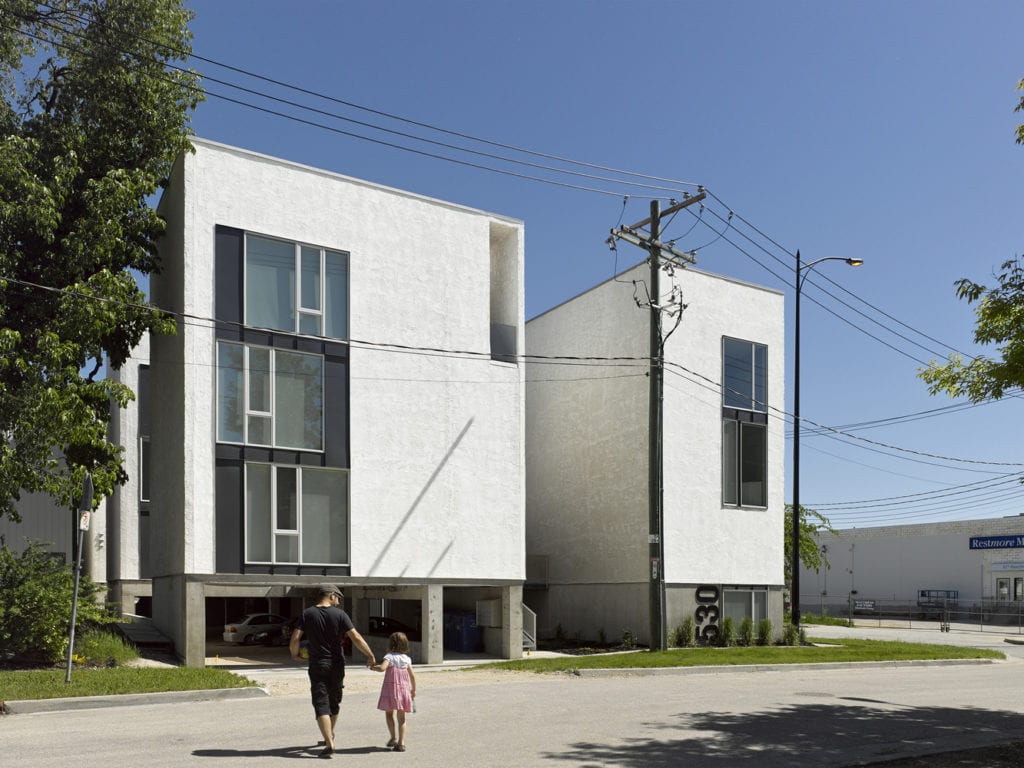
What’s next in Canadian architecture?
The most recent trend in the field sees Canadian architects focus on sustainability and passivity in buildings. In residential buildings, trends to carry the field into the 2020s include customized homes and those designed for spending more time at home, including a focus on home offices and accessibility. New architecture projects like those demonstrated by Shim-Sutcliffe, Hurme, and Dadson will continue to push the boundaries for residential and commercial buildings.
Leave a Reply